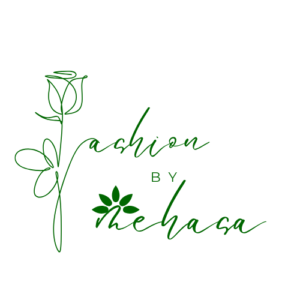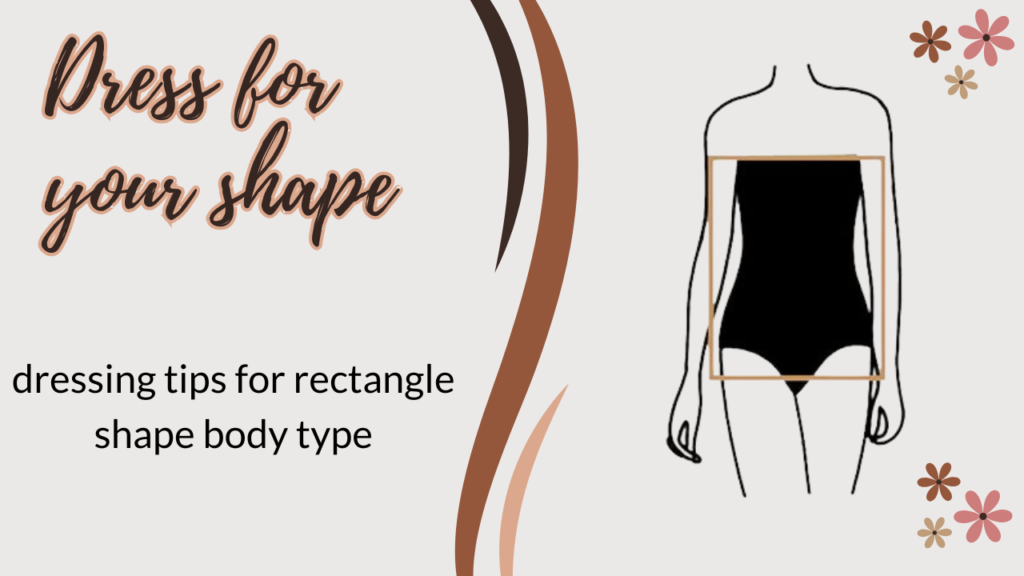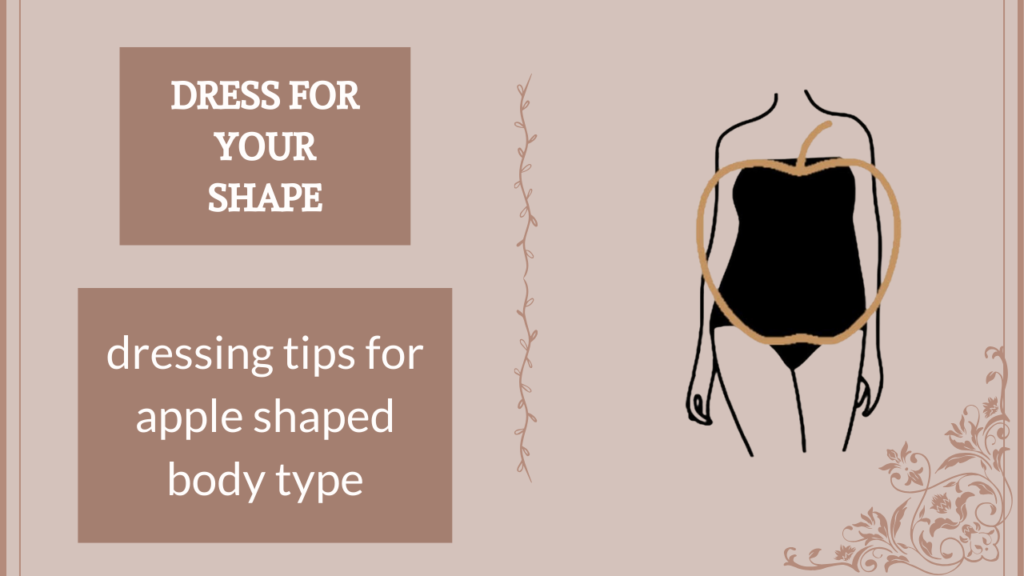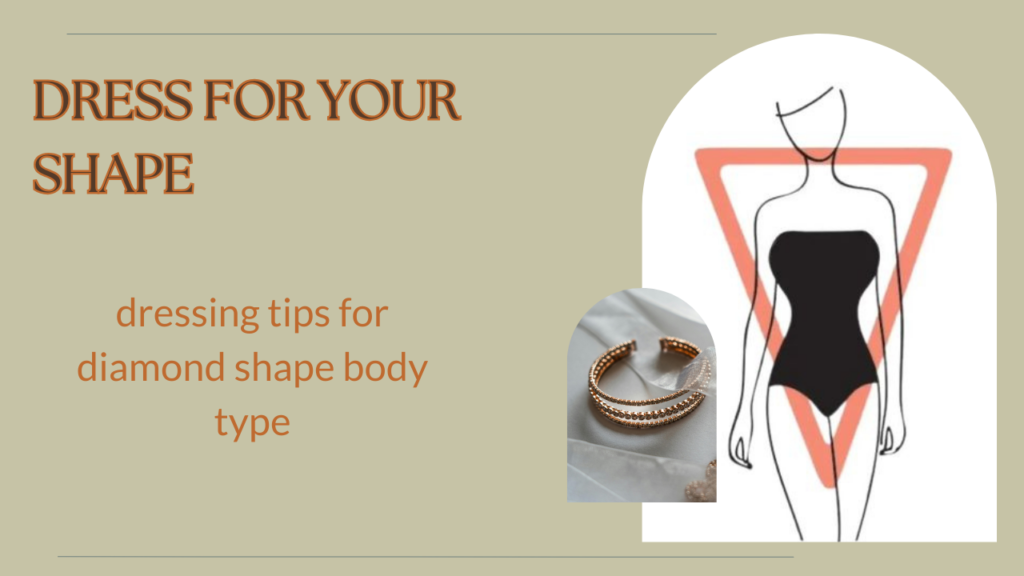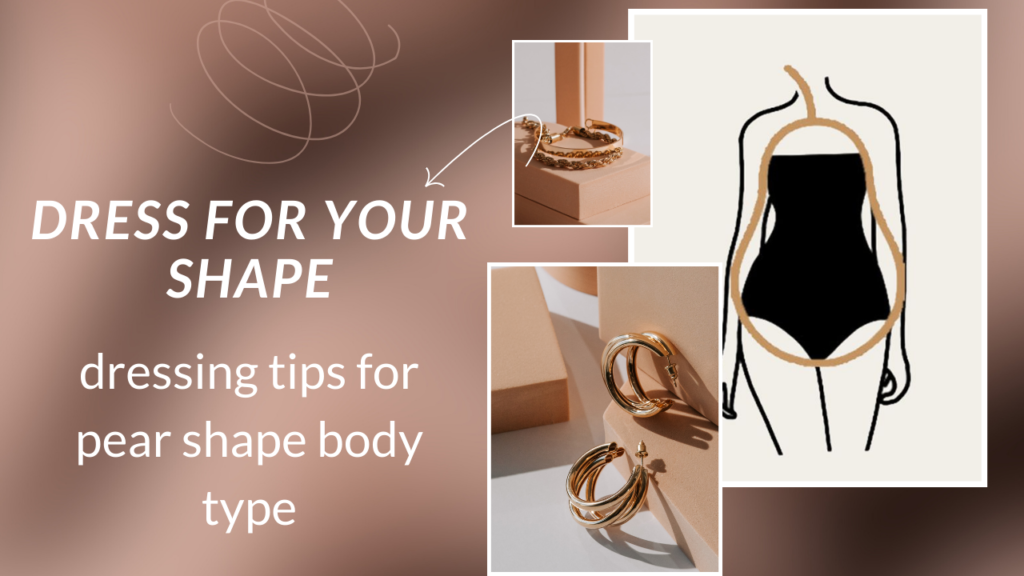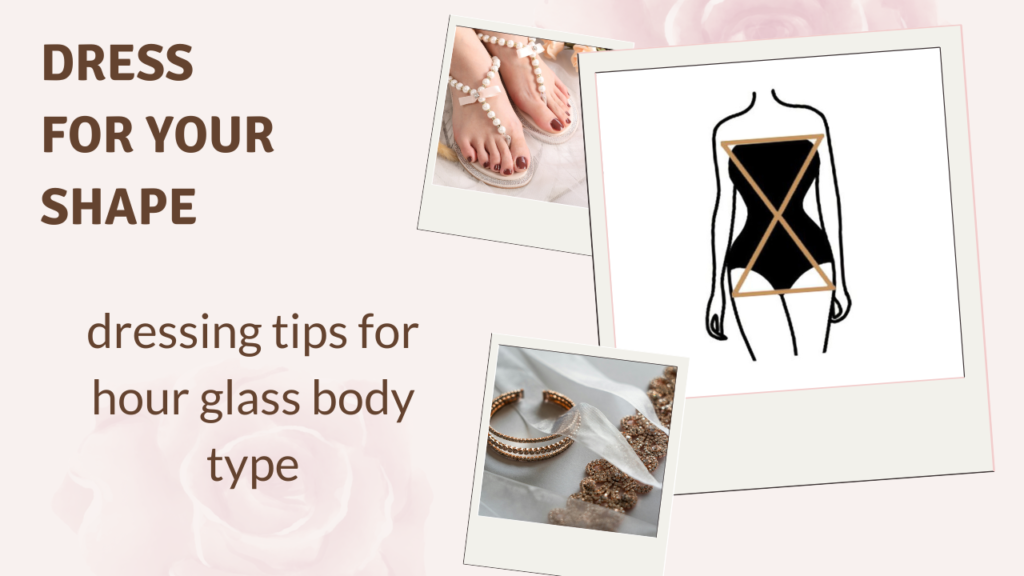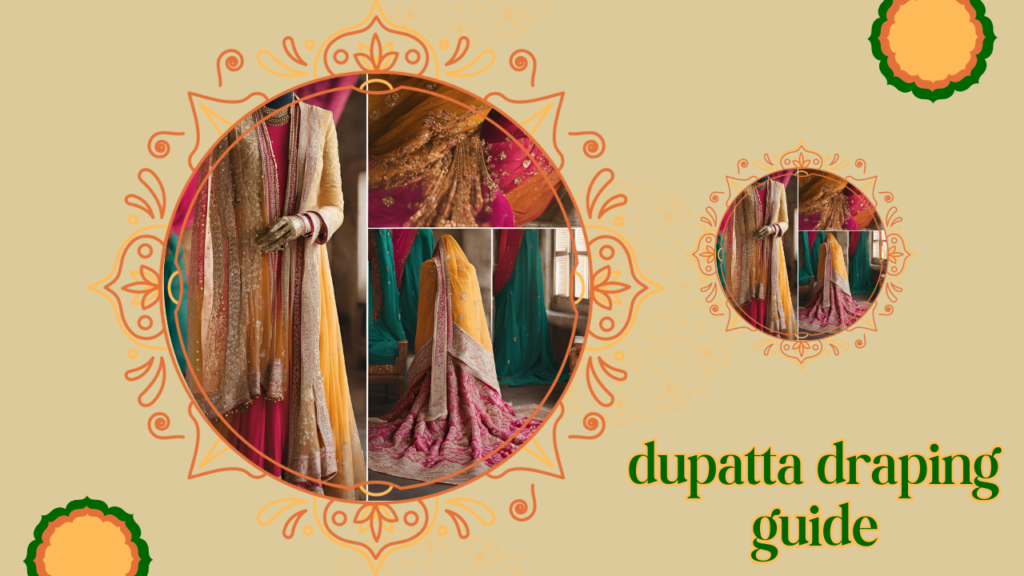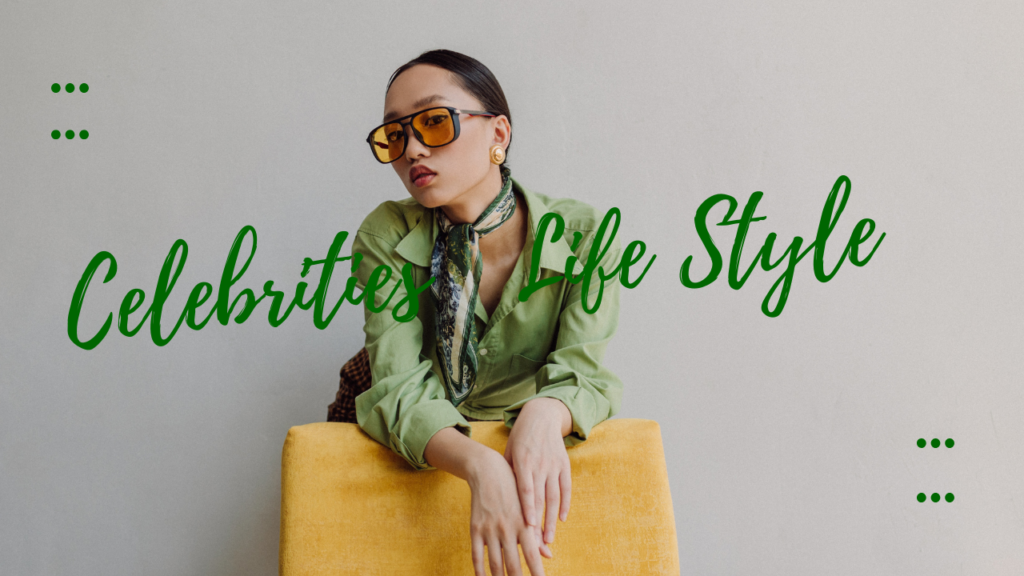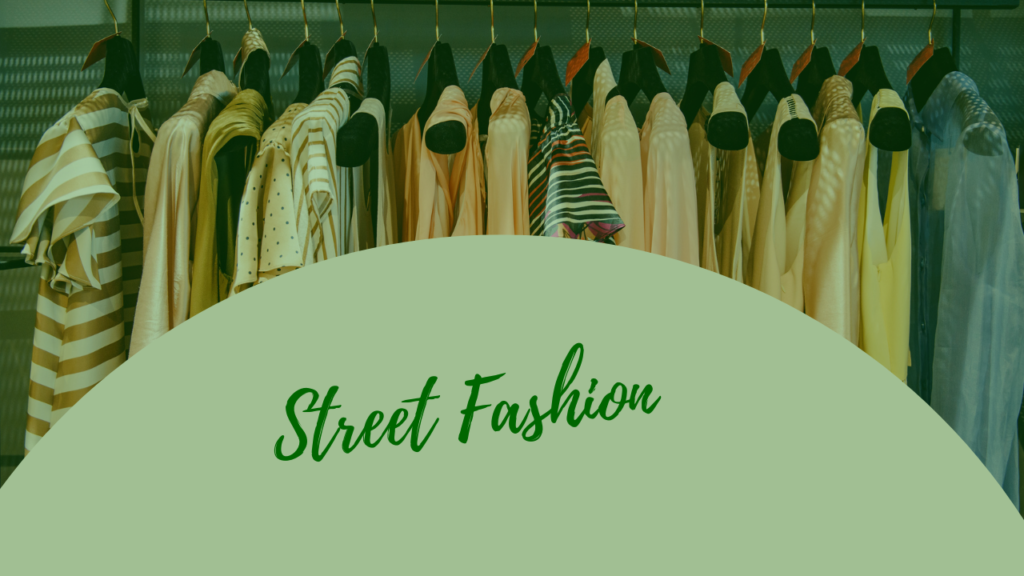Dressing a Rectangle Body Shape: 7 Stunning Style Tips
The rectangle body shape is often defined by a straight, athletic silhouette, where the bust and hips are roughly the same size, and the waist lacks significant definition. This body type tends to have a more angular shape, with a less pronounced curve. People with a rectangle body shape often seek to create the illusion of curves and define the waistline, bringing balance and shape to the body. Both Eastern and Western fashion offer distinct styling techniques to enhance the rectangle body shape, using different styles, fits, and accessories. While Western fashion focuses on sharp tailoring, structure, and the strategic use of volume, Eastern fashion leans towards fluidity, draping, and intricate detailing that can help soften the straight lines of the rectangle shape. Let’s explore how both approaches to fashion help create a flattering look for those with this body type, along with necklines and accessory suggestions. Key Features of the Rectangle Body Shape A rectangle body shape typically features: Bust and Hips: These are similar in width, resulting in a straight silhouette. Waist: The waist is less defined, and there is minimal curve. Shoulders: Shoulders are generally in line with the hips, creating a balanced, angular shape. Overall Look: The figure is often lean and athletic but lacks noticeable curves. For individuals with a rectangle body shape, the goal is usually to create curves and define the waist. This can be done through strategic garment choices, neckline variations, and accessories that emphasize the upper body and add visual interest to the overall shape. Western Fashion for the Rectangle Body Shape Western fashion offers a variety of techniques to enhance the rectangle body shape, focusing on defining the waist, creating curves, and introducing volume where necessary. 1. Creating a Defined Waist for Rectangle Body shape The key to flattering a rectangle body shape is adding definition to the waist, which breaks up the straight lines and creates the illusion of curves. Peplum Tops and Jackets: The peplum style flares out at the waist, adding volume to the lower half of the body and creating a more defined waistline. This style enhances the shape of the body, providing curves where they may be lacking. Belted Silhouettes for Rectangle Body shape : A simple belt around the waist can make a significant difference in creating shape. By cinching in the waist, you can visually break up the straight lines of the body and add curves. Belts can be wide or narrow, depending on your personal style, but either way, they help define the midsection and enhance your silhouette. High-Waisted Styles: High-waisted skirts, pants, and shorts elongate the legs and draw attention to the waist. When paired with a tucked-in top or a cropped style, high-waisted garments create the illusion of a more defined waist and a curvier figure. 2. Tailored and Structured Clothing for Rectangle Body shape Western fashion often uses structured garments to define the body and create an hourglass silhouette. Tailored Blazers and Jackets: A well-tailored jacket that cinches in at the waist can create an hourglass effect for the rectangle body shape. Structured blazers and coats not only add definition to the waist but also give the body a polished, sophisticated look. Fit-and-Flare Dresses for Rectangle Body shape : Dresses that fit at the bust and flare out from the waist can create curves where they’re needed. These dresses add volume to the lower half of the body and define the waist, creating a more proportionate and feminine silhouette. 3. Adding Volume and Curves for Rectangle Body shape To balance the straight lines of the rectangle body shape, adding volume to specific areas can create the illusion of curves. Puffed Sleeves and Ruffles for Rectangle Body shape: Tops with puffed sleeves, ruffles, or shoulder detailing add volume to the upper body, balancing out the proportions. This creates a broader shoulder line, which visually helps create a more defined waist and balanced overall shape. Full Skirts and A-Line Dresses for Rectangle Body shape: Skirts and dresses that flare out from the waist help to create the illusion of wider hips. This adds volume to the lower body, balancing the narrower waist and bust, while also giving the appearance of curves. 4. Color and Pattern Strategies for Rectangle Body shape Color and patterns are important tools in fashion that can visually shape the body. Color Blockingfor Rectangle Body shape: Color blocking can help break up the body’s proportions. Dark colors around the waist and lighter colors on the top or bottom can create the appearance of curves. The contrast helps define the waist and adds visual interest. Vertical Stripes for Rectangle Body shape: Vertical stripes elongate the figure and add height, which works well for those with a rectangle body shape. They create a streamlined effect, while horizontal stripes can be used on the lower half to add volume to the hips and balance the proportions. Patterns and Textures for Rectangle Body shape: Experimenting with different patterns and textures can add dimension to the body. For example, a patterned top can draw attention to the upper body, while solid-colored bottoms help balance the look. Textures like pleats or ruching around the waist can add depth and definition. 5. Neckline Suggestions for the Rectangle Body Shape Choosing the right neckline can help emphasize the upper body and break up the straightness of the rectangle shape. V-necklines for Rectangle Body shape: A V-neckline creates the illusion of a longer neck and adds definition to the chest area. It visually elongates the upper body and helps create curves in the torso. Scoop Necklines for Rectangle Body shape: Scoop necklines create softness and a rounded look that flatters the bust. This neckline is ideal for adding a feminine touch to the upper body. Off-the-Shoulder and Boat Necklines for Rectangle Body shape: These necklines create the illusion of broader shoulders, helping to balance the body. Off-the-shoulder and boat necklines draw attention to the upper body, making the overall figure appear more proportionate. Cowl Necklines for
